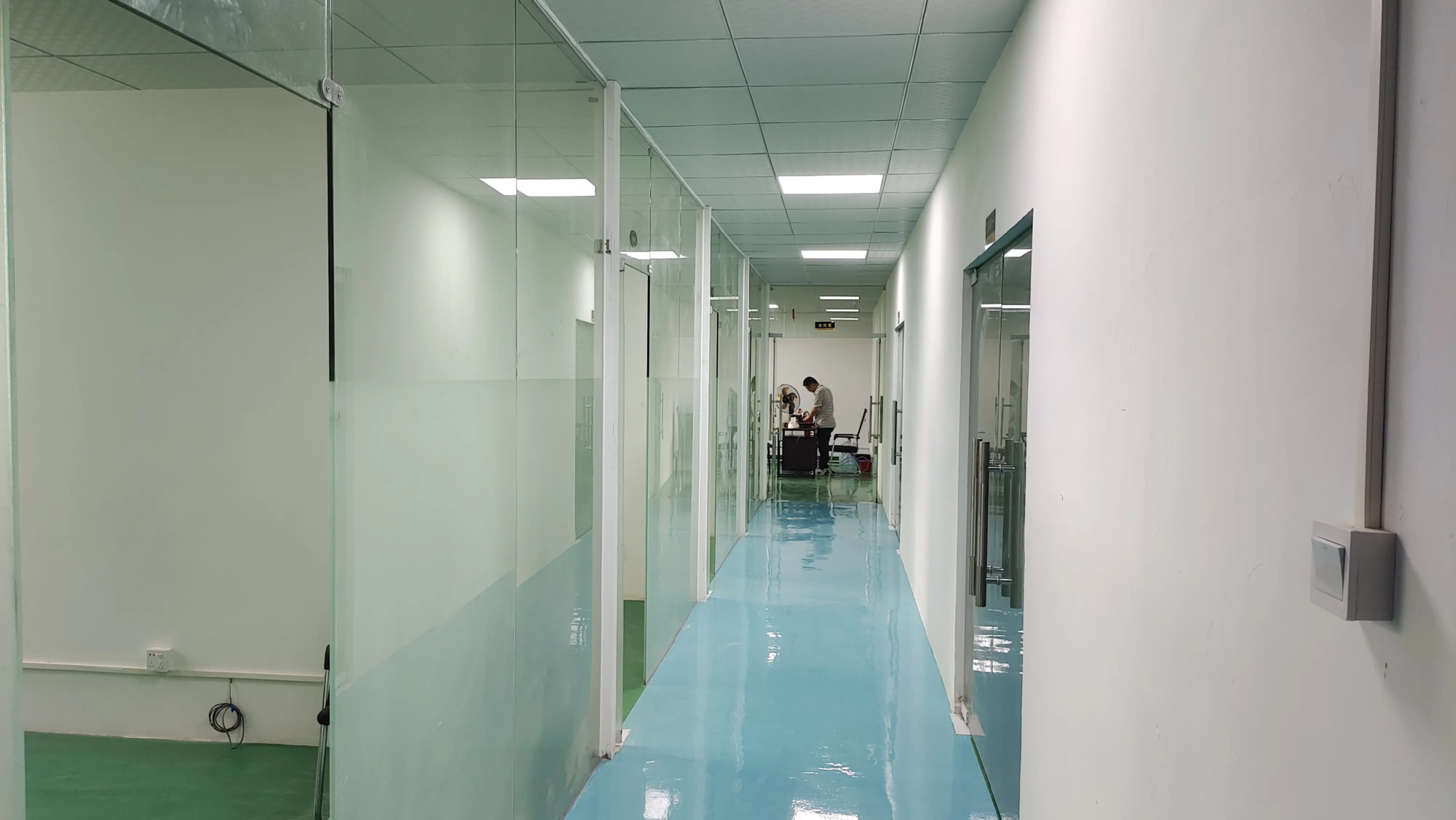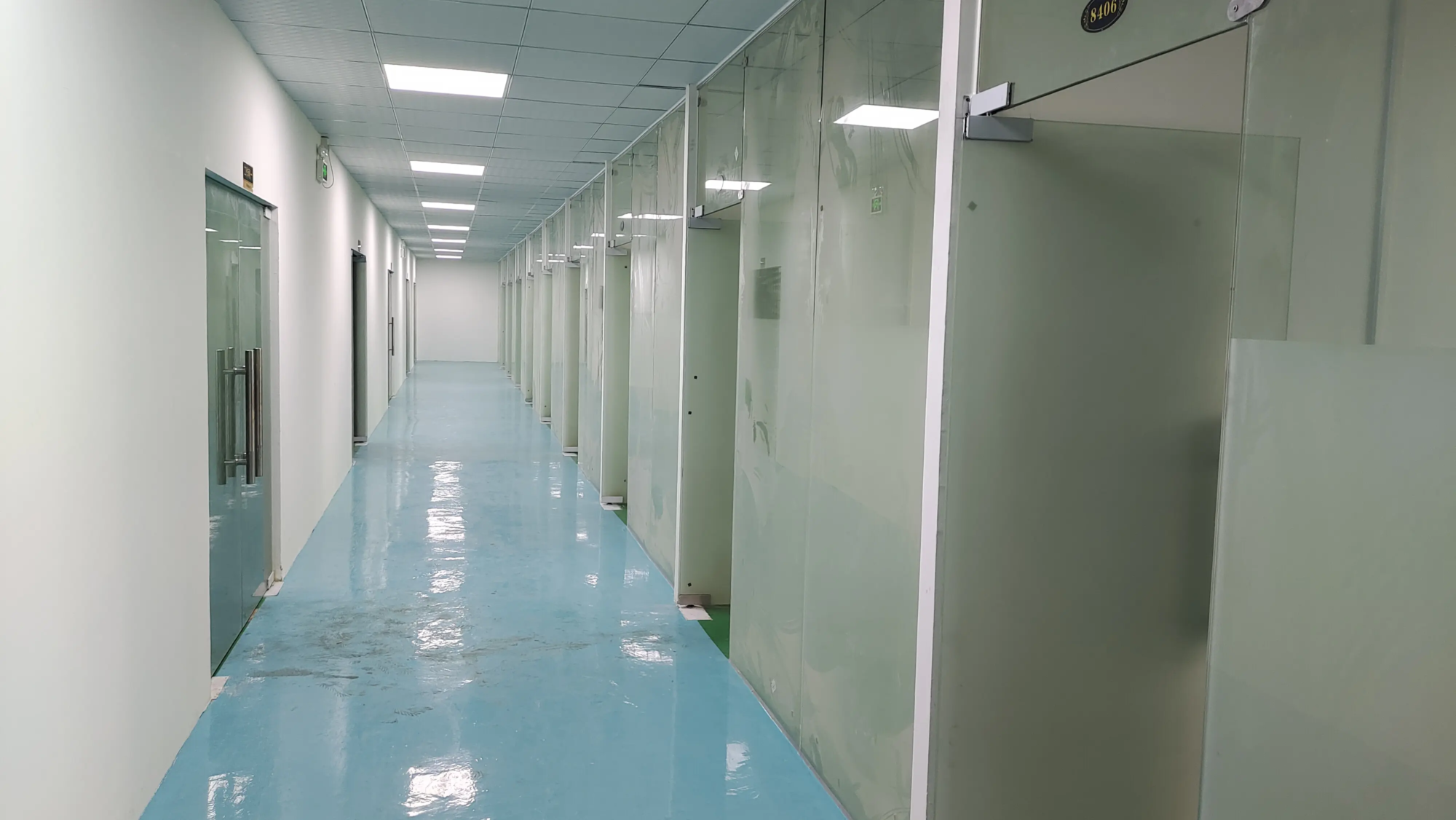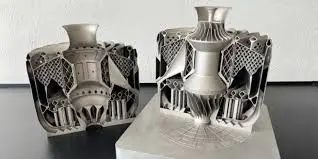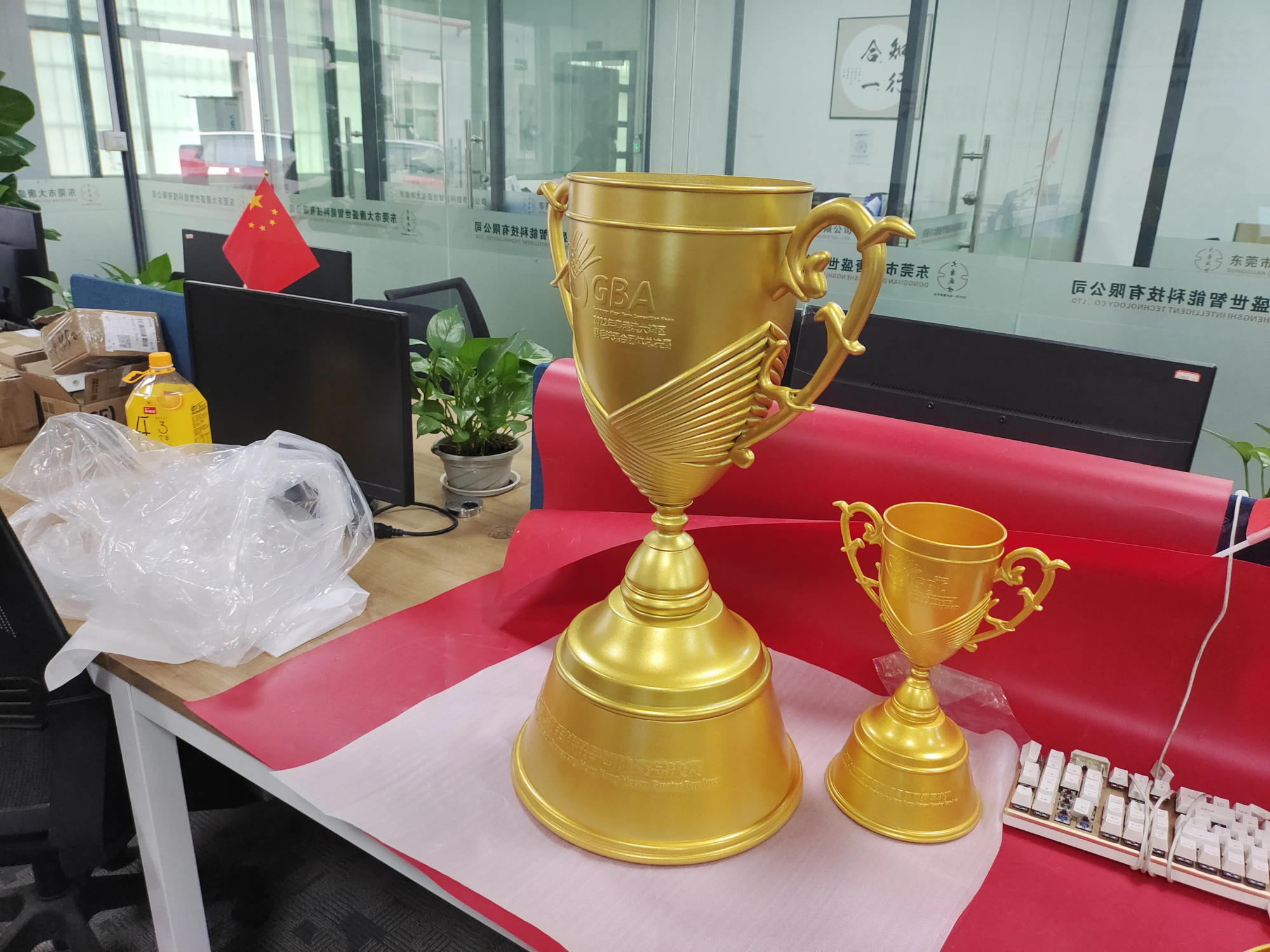Understanding 3D Printing Layering: Why Layers Separate and How to Prevent Layers
Even the most exciting 3D printing can become a frustrating confusion when layers refuse to stick together correctly. This separation is called Layered or warp, creating weaker parts of structures that are prone to failure. This is a common challenge affecting polymer-based FDM (fusion deposition modeling) and metal-centric technologies such as SLM (selective laser melting). Layering is more than just cosmetics; it damages the integrity of the prototype or end-use part. Understanding its root causes is a critical first step towards achieving a strong, reliable print. Let’s dig into the highest culprit of this common problem.
The culprit: Why stratification occurs
-
Insufficient printing temperature:
- question: The core principle behind layer adhesion is material fusion. if you Extruder temperature (FDM) or Laser/dwell time (SLM) Too low, the material cannot completely melt. For FDM, the input layer does not correctly reshape the surface of the previous layer to create molecular bonds. In SLM, insufficient laser energy means that the powder particles cannot fully fuse into the underlying solid, leaving weak, unconnected boundaries.
- result: The layers are physically between each other, but lack real adhesion. They are easily peeled under pressure.
- Fix: Calibrate the temperature carefully. Follow the material manufacturer’s guidelines to perform temperature towers or test prints. Monitor thermocouples in metal systems.
-
Unstable or cold built environment:
- question: The polymer shrinks when it cools. in the case of Ambient temperature Too low around the print (cold studio) or experience Sudden draftthe top layer cools and shrinks rapidly, while the lower layer is still warm. This creates significant internal stresses that disconnect these layers. Likewise, in metal AM, uncontrolled chamber temperature or residual stresses of rapid curing can cause warping and layer separation.
- result: The obvious warping and lifting on the curves and edges develop into layer gaps.
- Fix: Maintain a stable temperature of FDM plastic using a closed printer chamber. Fully preheat the construction board. For SLM, process gas and chamber preheating temperature are strictly controlled. Consider strategies to consider pressure during the construction process or through heat treatment.
-
Bland bed adhesion:
- question: It all starts with the base. in the case of The first floor Not firmly Build a platformthe whole print is fragile. When the upper layers are cool and shrink, they create forces that can easily overcome weak initial grip, causing the entire object to lift and warp on the bottom layer. This is usually the first sign of stratification.
- result: The entire print curls upwards at the edges, breaking the layer stack.
- Make fixed: Master the first layer (perfect nozzle height, speed, squeezing). Apply appropriate adhesive (glue stick, hair spray for FDM) or create surface texture (PEI, textured plate). Make sure the original bed is flat/smooth. Optimize platform heating.
-
Overcooling:
- question: Cooling is necessary for printing fidelity and overhang. However, Over-part cooling fan speed,application Too early In this process, forcibly quenching the freshly deposited layer can effectively bind to the underlying layer.
- result: Weak, fragile interlayer bonds. Throughout the print, stratification usually continues to occur.
- Make fixed: The fan speed of hard polymer (ABS, nylon, PC) is significantly reduced. Completely disable the first 5-10 fans. Cooling is gradually increased only after solid alkali is established. The crucial part of using the smallest cooling layer.
-
Mechanical and hardware issues:
- question: The printer’s mechanism is crucial for layer stacking. Inconsistent squeezing (partial nozzle clogging, wet wire, wear extruder gear in FDM) resulting in a layer of material that does not lose. Swinging frame, loose belt, vibrating or significant z-axis combination Prevents the nozzle/laser head from accurately positioning the layer. Curved gantry rods or misaligned optics in SLM may also lead to a local lack of fusion.
- result: The layer is thin, weak, mechanical, mechanical or incomplete, forming an inherent weakness that is prone to separation.
- Make fixed: Perform regular maintenance: Clean/replace nozzles, ensure dry wire, lubrication guide, tighten belt/pulley, calibrate extrusion (E-Steps). Check frame stiffness and Z-axis smoothness. Maintain laser optics and reconfiguration mechanisms in SLM.
-
Materials Hygiene and Compatibility:
- question: Absorb moisture (especially moisture wires such as nylon, petg, tpu, etc.) are incredibly destructive. During the extrusion process, steam bubbles form violently, forming voids and porous layers, and their contact area is greatly reduced. In SLM, poor powder quality (oxidation, contamination, wrong particle size distribution) directly hinders fusion. There are also problems with using underside materials in demanding environments.
- result: Porous brittle printing has weak interlayer cohesion, unexpected breakage or inconsistent metal parts density.
- Make fixed: Strict material management! Always seal the filaments with desiccant. Dry FDM wire before printing (special clothes dryer ~45-60°C). Use high quality fresh, sieved powder in SLM. Always choose the materials used for your application and process certification.
- Print settings do not match:
- question: Print too fast There is not enough time to properly fuse before the next layer is deposited. set up Layer height This is too high for nozzle size, exceeding the ability of the material to disengage and bond throughout the gap. use Fill pattern or density Inadequate support provided for large flat layers may result in sagging and separation above sparse fills.
- result: Fast cooling or physical gap restriction weak bonds, and visible layers separation above the fill gap.
- Make fixed: Follow the recommended printing speed for this material. Follow the rule of thumb: the layer height should be less than ~75-80% of the nozzle diameter. Use dense filling or bridge-specific patterns under large top surfaces.
Conclusion: Accuracy needs to be controlled
Layering is rarely a mystery, but rather a mismatch signal in your process parameters, device state, material conditions, or environment. True prevention requires a systematic approach: Calibrate the equipment carefully, gain insight into the specific requirements of the material, work hard to manage your printing environment, and verify settings through test prints. For simple prototypes or non-critical parts, careful DIY troubleshooting can often solve the problem. However, when the consequences of stratification turn into product failure, expensive delays or waste of materials – especially metals used in demanding applications, aluminum, aluminum or high-strength steel – leveraging expertise not only becomes wise, but is essential.
Why choose the allocation-free precision parts of Greatlight?
Consistently implementing complex high-strength 3D printed parts without layer adhesion defects requires peak equipment performance, deep process expertise and strict quality control. At Greatlight, a leading professional rapid prototyping manufacturer headquartered in China, we specialize in turning complex designs into powerful reality.
- Cutting-edge SLM technology: Our facility houses advanced SLM (Selective Laser Melting) metal 3D printers that target perfect laser fusion and indoor control to eliminate metal layering at its roots.
- Process mastery: We don’t just run machines; our engineers have deep expertise in optimizing parameters (laser power, scanning strategy, thickness, support structure) to ensure flawless layer adhesion and dense isotropic parts.
- Comprehensive quality assurance: From meticulous powder handling to real-time process monitoring and rigorous post-build inspections (can be used for internal integrity inspections), we guarantee structural sound.
- One-stop service: In addition to printing, our in-house expertise extends to expert post-treatment – heat treatment (pressure relief), CNC machining, surface finishes (polishing, blasting) – ensuring that the parts meet your precise dimensions and cosmetic specifications.
- Quick, custom solution: Need a quick turnaround without damaging quality? Gremight excels in rapid prototyping and small batch production. We use a wide range of materials to quickly deliver customized processing parts.
Focus on design innovation. Let Greatlight deal with the challenge of precision manufacturing. Ask for a quote today and experience the difference between professionals!
FAQ: Layering on 3D printers
-
Q: Can I save prints that have already started assigning?
- one: Sometimes smaller early twists can be saved by pausing, reheating it with a hot air gun (for FDM) and overwhelming it. Fixing gaps after printing with epoxy may help. However, for structural integrity, especially for metals, layered parts are often irreparable – prevention is key.
-
Q: Are certain materials immune to stratification?
- one: No material is completely immune. However, PLA is not usually associated with warping/cooling compared to ABS or nylon. Engineering plastics such as PEEK or metals require very tight process control to prevent delamination. even "Simple" The material can be layered by poor settings or wet conditions.
-
Q: I don’t have a closed printer. How to keep the environment stable?
- one: Create a simple environmental heat shield: place large cardboard boxes around the printer (avoid fire hazards!), lower/disable cooling fans (especially for initial layers), and make sure the printer is away from drafts (AC vents, doors, doors, windows). The heating bed only greatly contributes to the first floor.
-
Q: Why do sometimes stratification happens only at specific locations on my print?
- one: This usually indicates a local problem: uneven draft printing, failure/inclusion of heat stations on the FDM machine, resulting in an acceleration of filament pressure changes at corners or an acceleration of local overhang/corner cooling too fast. Check the mechanical and environmental factors of the fault location.
-
Q: How to prevent metal AM parts from being layered through heat treatment?
- one: The stress lift after printing reduces the built-in thermal stress formed during fast, uneven cooling. This pressure is the main driving force for delamination/warping. Heat treatment can enable atoms to be slightly rearranged, relaxing these internal forces and improving the integrity of layer bonding.
-
Q: Can slicing settings be fixed separately?
- one: They are Basic (temperature, speed, cooling, layer height, filling), but usually Inadequate Alone. Layering often requires a holistic approach to addressing hardware (calibration, maintenance), environmental stability, and material preparation. The slicer setup is a powerful leverage, but it works best when the physical setup is correct.
- Q: What is the role of support structure in layer adhesion?
- one: Although nominally overhanged, the support structure acts as an anchor and a radiator. By providing additional contact points and thermal mass, they help maintain dimensional stability, potentially reducing warping forces on critical overhang sections and downward stability in surface-facing. Well-designed support can indirectly combat the risk of stratification near complex geometry.





